Hermann Haller (born December 24, 1880 in Bern, † November 23, 1950 in Zurich) was a sculptor and is considered one of the founders of modern sculpture in Switzerland. Haller was more of a modeler than a sculptor. As a 14-year-old high school student, Hermann Haller decided to become a painter during an exhibition for paintings by the painter Ferdinand Hodler. It was also Hodler who attested to the great talent of 17-year-old Haller. He first started studying architecture in Stuttgart. In 1901, he enrolled in the painting class of the Academy of Fine Arts in Munich. There he met a classmate from Bern, Paul Klee. He traveled with him from October 1901 to May 1902 across Italy. from 1901 he attended the Academy of Fine Arts in Stuttgart. During this time, his friendship with the painter Karl Hofer began. Winterthur's patron, Theodor Reinhart, allowed Haller, like Hofer, to spend longer in Rome at Villa Strohl-Fern, where he turned to sculpture. In 1907, Hermann Haller rose to prominence with recognition in an art magazine. In January 1909 he married singer Gerda Agnes von Wätjen (1886–1965), daughter of councilor Hermann Nicolaus von Wätjen (1851–1911) and maternal granddaughter of painter Benjamin Vautier. from 1909 until the outbreak of the First World War, he lived with his family in Paris, where he came into contact with the circle of artists of the Café du Dôme through his brother-in-law, the painter Otto von Wätjen, and his future wife. Marie Laurencin and befriends Ernesto de Fiori and Rudolf Levy. The Hallers spent the summer months at the Wätjens Haus am Meer in Cap Ferret, near Arcachon. In 1914 he returned to Switzerland and worked as a successful sculptor in Zurich. In 1917, he married the painter Felicitas Trillhaase (1894–1961), known as "Chichio", daughter of the painter Adalbert Trillhaase. In Zurich, he befriends Hermann Hubacher and later becomes his witness. from 1919, he maintained a new relationship with his pupil, the sculptor Hedwig Braus, whom he married in April 1945. Between 1921 and 1923, Braus and Haller together made various study trips during the winter months in Berlin. , first at the art dealer Paul Cassirer, then at Fritz Huf, in whose studio he works, as well as in Paris and in Italy. In the 1920s Haller was one of the most famous sculptors in the German-speaking region. In 1922, Haller created the bronze figure Young Man with a Blue Thrush for the Widmann Fountain on Hirschengraben in Bern. During this time in Zurich he became the most important figure sculptor in Switzerland. In 1933, the University of Zurich awarded him an honorary doctorate. with Cuno Amiet, he represented Switzerland at the Venice Biennale in 1934. Haller was a full member of the German Association of Artists until its dissolution by the National Socialists in 1936. Haller's theme, the erotic tension between the sexes, runs through all of his work, which mainly includes female nudes (sometimes life-size) and portrait busts. Her female clay figures radiate cheerfulness and warmth. His studio, which he designed and built in 1932, at Höschgasse 6 in Zurich, just opposite the Le Corbusier Center, formerly the Heidi Weber Museum, is open to the public every summer and displays many of the artist's original works. The wood workshop is one of the last witnesses of Bauhaus architecture in wood in Europe. Haller received an honorary doctorate from the University of Zurich in 1933 and the Zurich Art Prize in 1949. Together with his friend Jakob Probst, Haller participated in the third international sculpture exhibition at the Philadelphia Museum of Art in 1949. Haller - whose nephew was the composer of the same name, by the way - stayed in Ascona again and again. Ernst Morgenthaler delivered the speech at the abdication ceremony at the Fraumünster. Haller found his final home in the private cemetery on the Hohe promenade.
Hermann Haller (nato il 24 dicembre 1880 a Berna, † 23 novembre 1950 a Zurigo) è stato uno scultore ed è considerato uno dei fondatori della scultura moderna in Svizzera. Haller era più un modellatore che uno scultore. Quando era uno studente liceale di 14 anni, Hermann Haller decise di diventare pittore durante una mostra di quadri del pittore Ferdinand Hodler. Fu sempre Hodler ad attestare il grande talento del diciassettenne Haller. Iniziò a studiare architettura a Stoccarda. Nel 1901 si iscrisse alla classe di pittura dell'Accademia di Belle Arti di Monaco. Lì incontra un compagno di classe di Berna, Paul Klee. Con lui viaggia dall'ottobre 1901 al maggio 1902 attraverso l'Italia. Dal 1901 frequenta l'Accademia di Belle Arti di Stoccarda. In questo periodo inizia la sua amicizia con il pittore Karl Hofer. Il mecenate di Winterthur, Theodor Reinhart, permise ad Haller, come a Hofer, di trascorrere un periodo più lungo a Roma, a Villa Strohl-Fern, dove si dedicò alla scultura. Nel 1907, Hermann Haller sale alla ribalta grazie a un riconoscimento in una rivista d'arte. Nel gennaio 1909 sposò la cantante Gerda Agnes von Wätjen (1886-1965), figlia del consigliere Hermann Nicolaus von Wätjen (1851-1911) e nipote materna del pittore Benjamin Vautier. Dal 1909 fino allo scoppio della Prima guerra mondiale, visse con la famiglia a Parigi, dove entrò in contatto con la cerchia di artisti del Café du Dôme attraverso il cognato, il pittore Otto von Wätjen, e la sua futura moglie. Marie Laurencin e fa amicizia con Ernesto de Fiori e Rudolf Levy. Gli Haller trascorrono i mesi estivi presso la Wätjens Haus am Meer a Cap Ferret, vicino ad Arcachon. Nel 1914 torna in Svizzera e lavora come scultore di successo a Zurigo. Nel 1917 sposa la pittrice Felicitas Trillhaase (1894-1961), detta "Chichio", figlia del pittore Adalbert Trillhaase. A Zurigo fa amicizia con Hermann Hubacher e in seguito ne diventa testimone. Dal 1919 intrattiene una nuova relazione con la sua allieva, la scultrice Hedwig Braus, che sposa nell'aprile 1945. Tra il 1921 e il 1923, Braus e Haller compiono insieme diversi viaggi di studio durante i mesi invernali a Berlino. , prima presso il mercante d'arte Paul Cassirer, poi presso Fritz Huf, nel cui studio lavora, oltre che a Parigi e in Italia. Negli anni Venti Haller è uno degli scultori più famosi della regione di lingua tedesca. Nel 1922 Haller crea la figura in bronzo di Giovane uomo con tordo blu per la fontana Widmann sull'Hirschengraben di Berna. In questo periodo a Zurigo diventa il più importante scultore di figure della Svizzera. Nel 1933, l'Università di Zurigo gli conferì una laurea honoris causa. Con Cuno Amiet, rappresentò la Svizzera alla Biennale di Venezia del 1934. Haller fu membro a pieno titolo dell'Associazione tedesca degli artisti fino al suo scioglimento da parte dei nazionalsocialisti nel 1936. Il tema di Haller, la tensione erotica tra i sessi, attraversa tutta la sua opera, che comprende principalmente nudi femminili (a volte a grandezza naturale) e busti-ritratto. Le sue figure femminili in argilla emanano allegria e calore. Il suo studio, progettato e costruito nel 1932, in Höschgasse 6 a Zurigo, proprio di fronte al Centro Le Corbusier, ex Museo Heidi Weber, è aperto al pubblico ogni estate ed espone molte opere originali dell'artista. Il laboratorio di legno è una delle ultime testimonianze dell'architettura Bauhaus in legno in Europa. Haller ricevette un dottorato onorario dall'Università di Zurigo nel 1933 e il Premio d'Arte di Zurigo nel 1949. Insieme all'amico Jakob Probst, Haller partecipò alla terza mostra internazionale di scultura al Philadelphia Museum of Art nel 1949. Haller - il cui nipote era l'omonimo compositore - soggiornò sempre ad Ascona. Ernst Morgenthaler tenne il discorso alla cerimonia di abdicazione al Fraumünster. Haller trovò la sua ultima dimora nel cimitero privato della passeggiata Hohe.
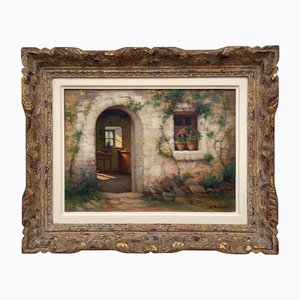
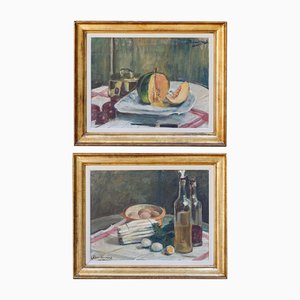
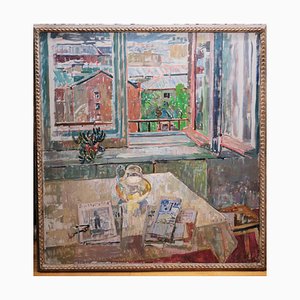



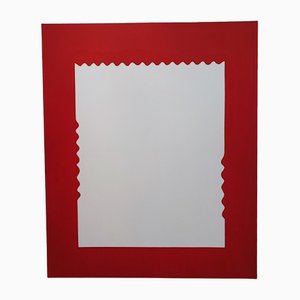
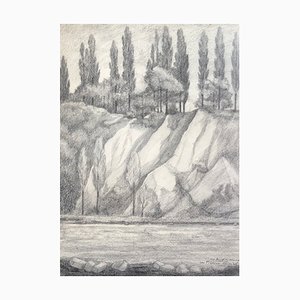
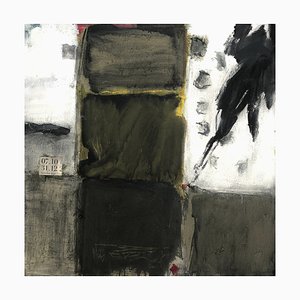
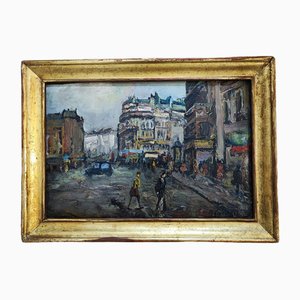
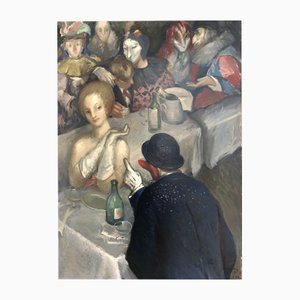
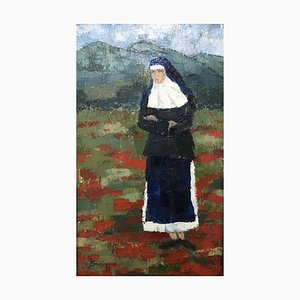
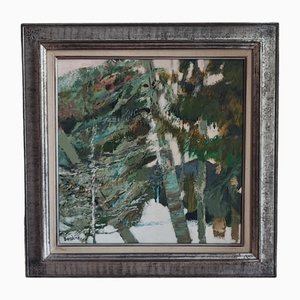
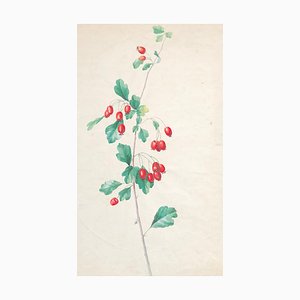
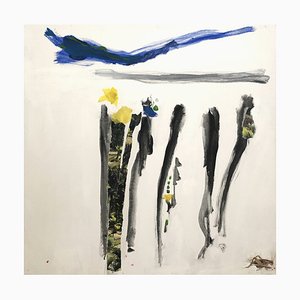
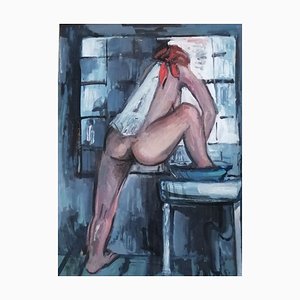
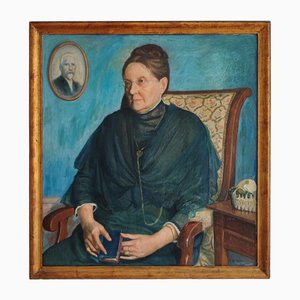
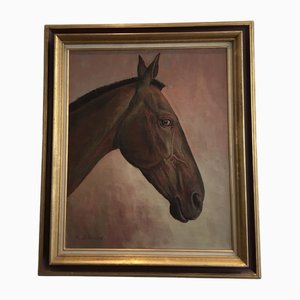
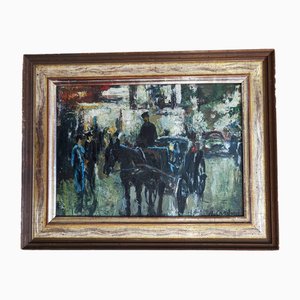
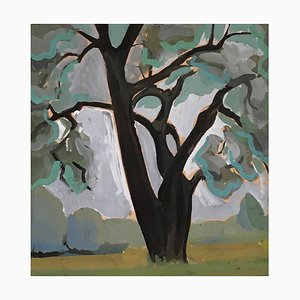

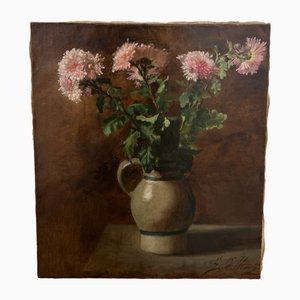
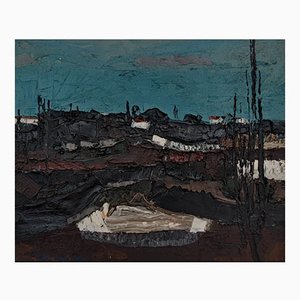
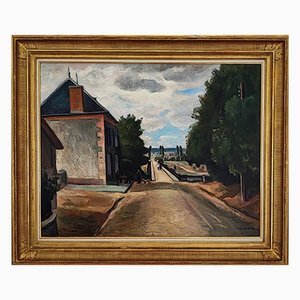
Contattaci
Fai un'offerta
Abbiamo notato che sei nuovo su Pamono!
Accetta i Termini e condizioni e l'Informativa sulla privacy
Contattaci
Fai un'offerta
Ci siamo quasi!
Per seguire la conversazione sulla piattaforma, si prega di completare la registrazione. Per procedere con la tua offerta sulla piattaforma, ti preghiamo di completare la registrazione.Successo
Grazie per la vostra richiesta, qualcuno del nostro team vi contatterà a breve.
Se sei un professionista del design, fai domanda qui per i vantaggi del Programma Commerciale di Pamono